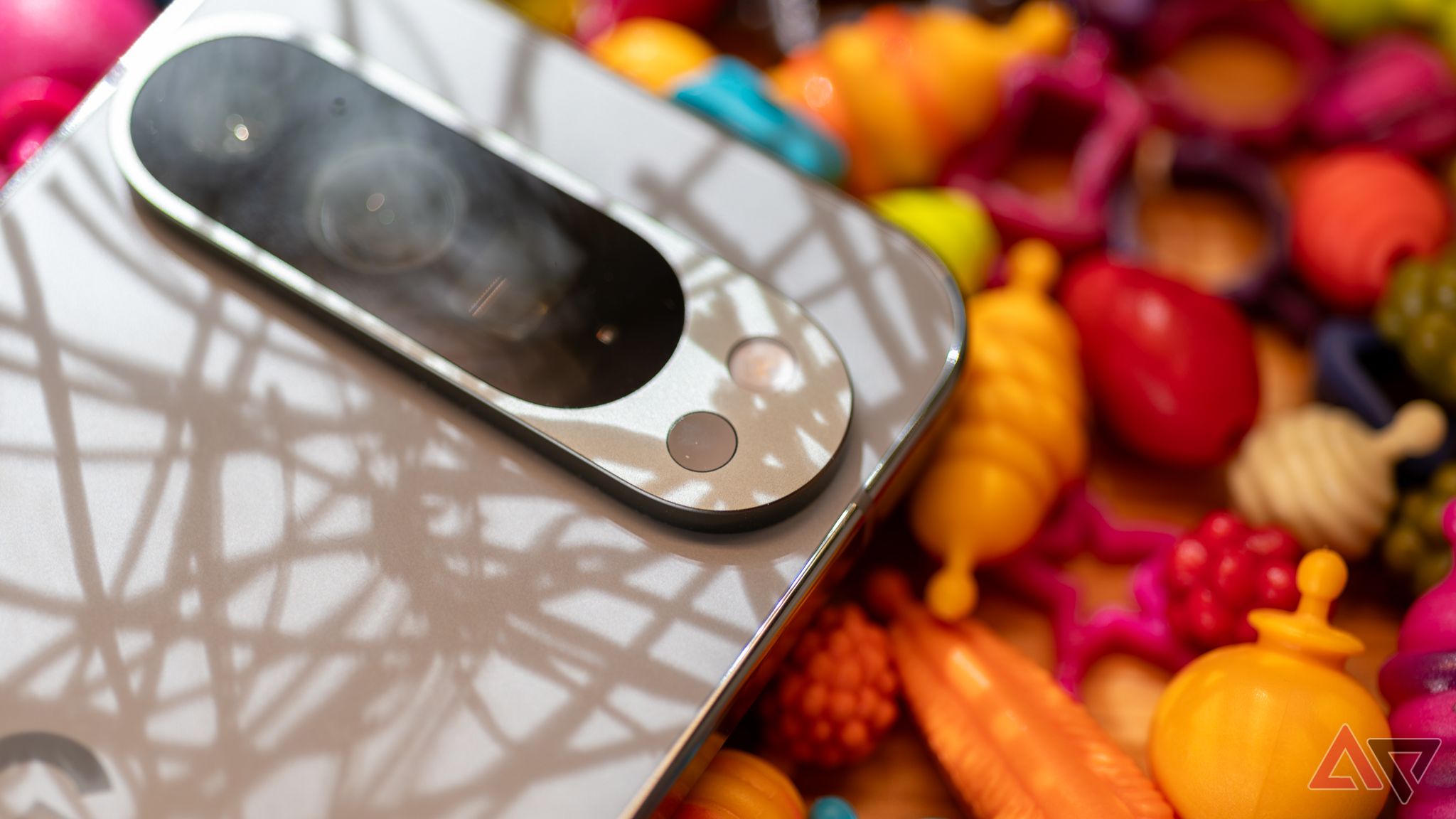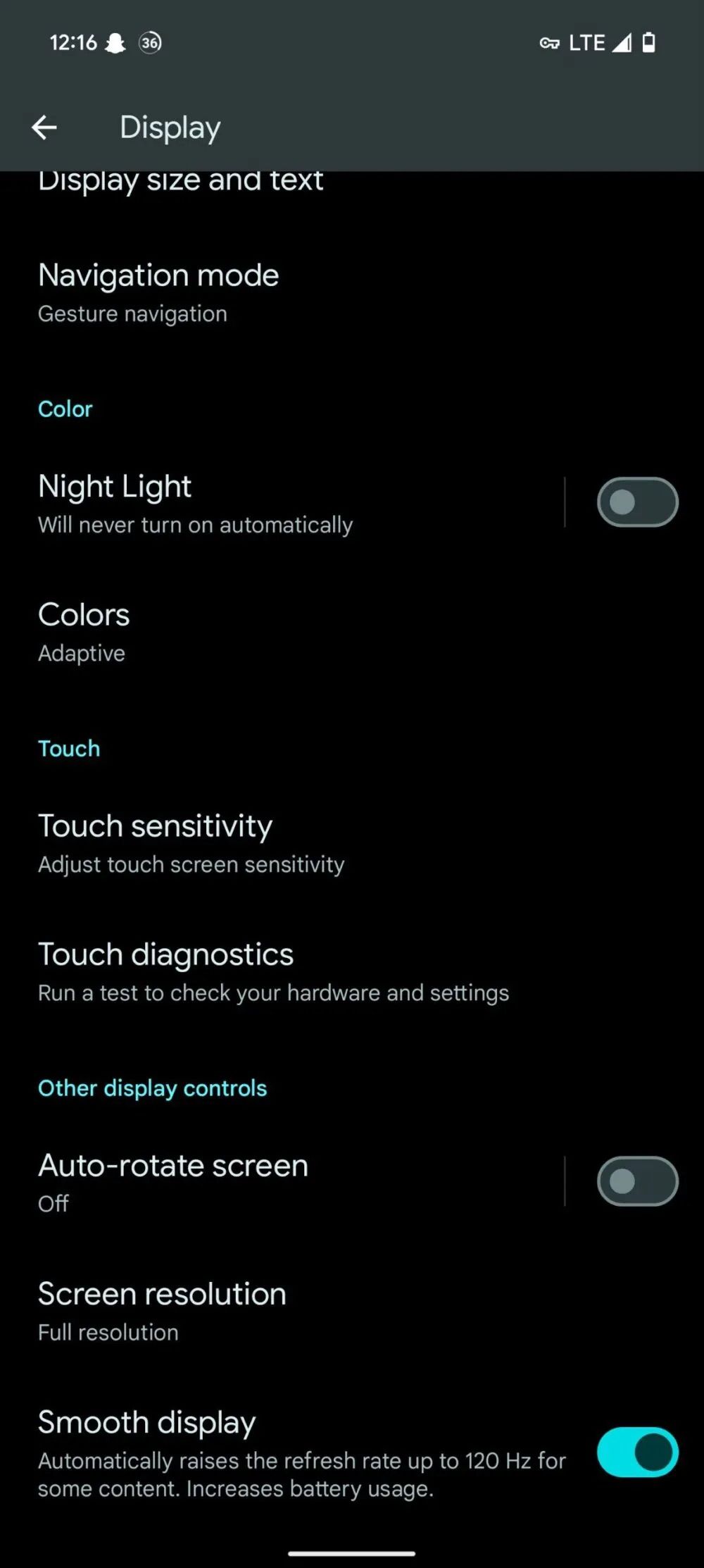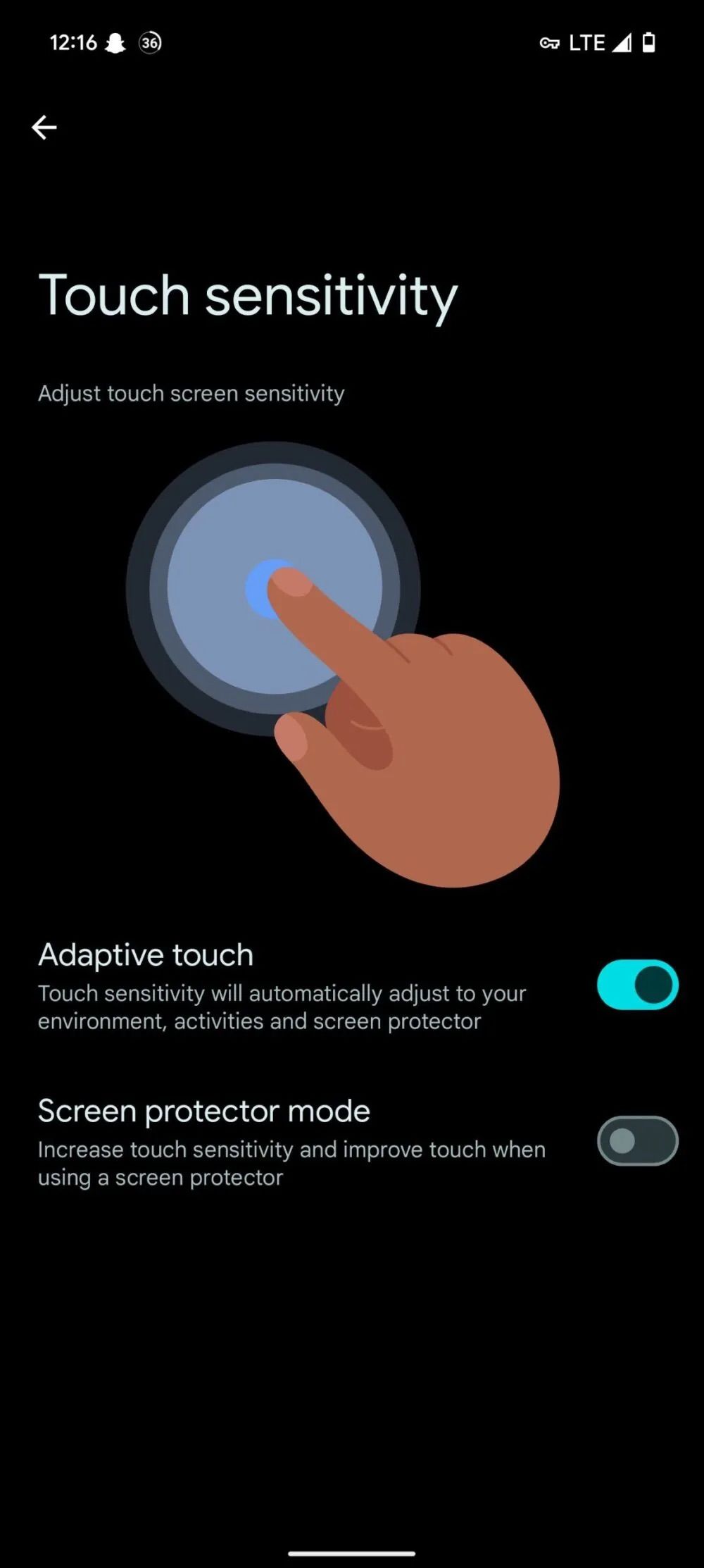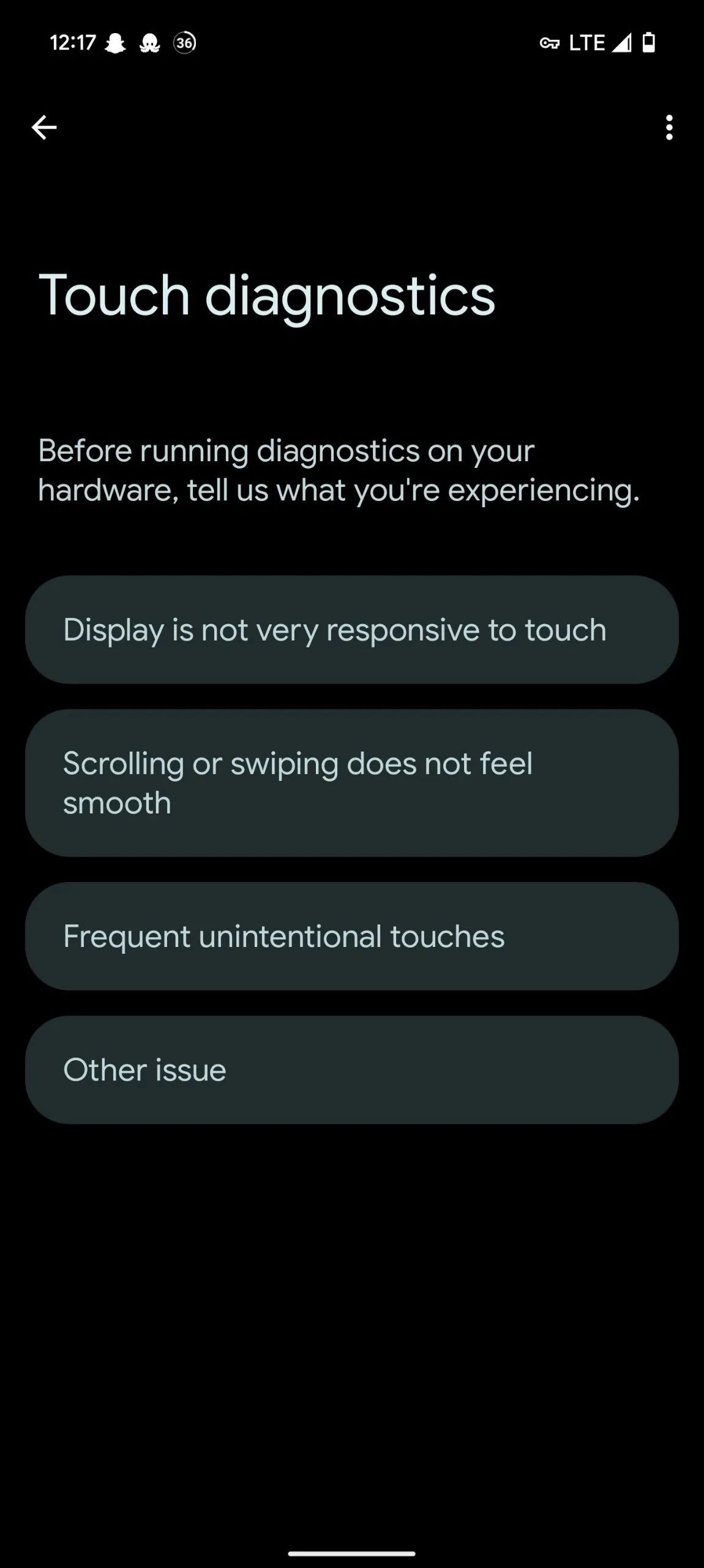Key Takeaways
- The recently launched Pixel 9 series has a new Adaptive touch option that can automatically adjust the display’s sensitivity based on the environment and other factors.
- This option is enabled by default on the Pixel 9 series, allowing users to operate their phone’s display even in wet conditions.
- The Pixel 9 series also has a new Touch diagnostics option for troubleshooting display issues.
Android’s Screen protector mode made it to the Pixel 8 earlier this year, with older Pixels also eventually picking up support. Then in February, we learned about a supercharged version of this feature known as Adaptive touch, speculated to debut with the Pixel 9 lineup. Well, the flagship smartphone series was announced this month, but Google didn’t discuss this particular attribute. However, as some Pixel 9 models are gradually reaching customers, it has now come to light that Adaptive touch is indeed live on the Pixel 9 series, with a new toggle popping up under display settings.

Related
Review: The Google Pixel 9 Pro XL may be the best Android phone I’ve ever used
Google’s big flagship earns its $100 price bump and then some.
As reported by Android Authority based on a tip, all Pixel 9 phones have a new Adaptive touch option under Settings > Display > Touch sensitivity. The accompanying description tells users that toggling this feature will see the touch sensitivity automatically adjust to “your environment, activities and screen protector.”


It’s worth mentioning that the existing Screen protector mode toggle is still available, presumably for users who choose not to enable Adaptive touch on their smartphones and only want screen protector detection.
Adaptive touch works surprisingly well on the Pixel 9 series
As the video above illustrates, toggling Adaptive touch on the Pixel 9 results in excellent touch sensitivity, especially with wet fingers. By contrast, the Pixel 8 Pro sans Adaptive touch doesn’t do as well, with random jumps and zooming of the screen.
Android Authority notes that Adaptive touch is enabled by default on the Pixel 9 units they checked. This is a nice touch as it saves users the trouble of manually enabling the feature via Settings. Smartphone manufacturer OnePlus talked about a similar feature onboard the OnePlus 12 (Aqua Touch) designed to avoid touch-related issues while using the screen in wet conditions.
In addition to Adaptive touch, the Pixel 9 series also gets a brand-new Touch diagnostics option to troubleshoot display issues under Settings > Display. A Google support page says this is exclusive to the Pixel 9, Pixel 9 Pro, and Pixel 9 Pro XL, while the Pixel 9 Pro Fold is absent from the list.

Google’s Pixel 9 launch event was relatively short, mainly due to AI taking up a large portion of the announcement. This explains why the company couldn’t go into every highlight of the new flagships. But the fact that a feature like this is enabled by default is certainly a nice touch. The Pixel 9 and Pixel 9 Pro XL have started reaching customers in the US over the weekend, whereas the Pixel 9 Pro and the Pixel 9 Pro Fold will arrive by September 4.

Google Pixel 9 Pro
The Pixel 9 Pro is a new addition to Google’s lineup, slotting in as a smaller premium flagship to pair with the Pixel 9 Pro XL. The latter is the direct successor to 2023’s Pixel 8 Pro despite its new XL moniker, whereas the Pixel 9 Pro brings a new form-factor to Google’s high-end offerings, sporting the same dimensions as the standard Pixel 9 model while packing all the AI and camera prowess we’ve grown accustomed to from Google’s Pro lineup.
Source link

